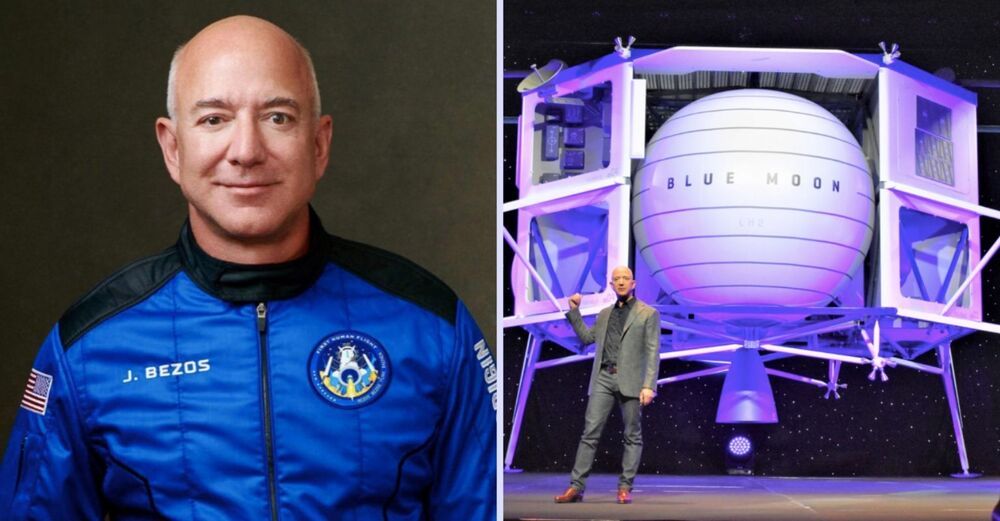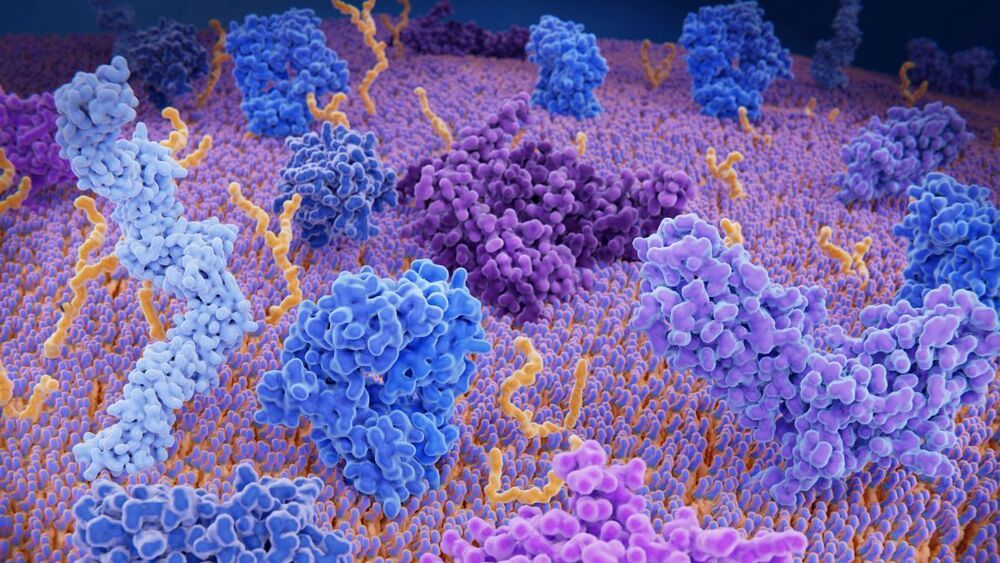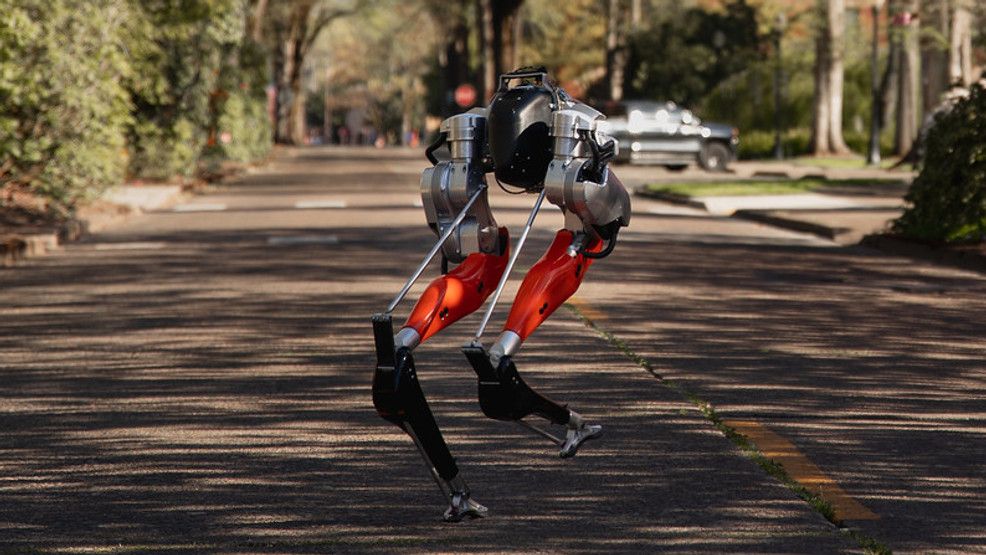First of all the title is highly misleading and directly contradicted by the article itself and the actual letter. (He’s not ‘offering’ NASA money he’s voluntarily forgoing payment equal to the SpaceX award for the contract. Now considering the initial pricing was closer to 10 billion that would essentially mean that NASA would be on the hook for about 8 billion but considering the total SpaceX contract is also about 10 billion that still fits into the new Congressional budget, if barely) Secondly considering that Blue Origin is only one of the companies that are cooperating to this bid if the other companies do no agree they he actually WILL be paying those companies to participate. Thirdly while the overall concept was rejected it pays to keep in mind it was ONLY rejected for the price and some questions on the proposed engine development budget so this goes a long way to show they are putting more ‘skin’ in the game than SpaceX. So interesting but highly disappointing ‘take’ on the offer by VT.
Jeff Bezos has offered NASA $2 billion in exchange for a moon contract that will allow Blue Origin to land astronauts in space. The Amazon founder, 57, made history when he went to space last week, and now in an open letter to administrator Bill Nelson on July 26, he…








